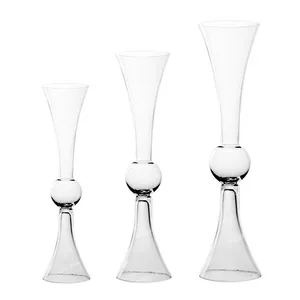Popular in your industry







































































































 Ready to Ship
Ready to Ship










































































 Ready to Ship
Ready to Ship























Top categories
About krishna tapestry
The warmth and character to home interiors added by krishna tapestry can hardly be replaced by other indoor soft ornaments. Wholesale krishna tapestry always brings interesting details to your home. There are so many different types of krishna tapestry which make it difficult to choose one to decorate a wall. To some people, the custom tapestry will be a good choice. However, exploring what is behind the tapestry wall hanging can also be an interesting thing.
krishna tapestry conveys history and story. Here you can find medieval tapestry at Alibaba.com. Medieval tapestry is an ancient technique of krishna tapestry weaving and primarily features knights, castles, and jousting. They are available in different designs and colors. But if you love handmade works of art that you can display in your room, then patchwork tapestry is an ideal option for you. It is common in India, where vintage patchwork tapestry is made with recycled fabrics and used as decor. You can also try screen printing tapestry. This artwork comes in multiple attractive designs. The hand screen printing technique is also widely used in India and appreciated worldwide.
Mandala tapestry has received an overwhelming response from many people. They feature intricate designs such as peacock wings with multiple colors that will brighten up your room. Bohemian tapestry is another great option that will add warmth to your home interiors. They feature splendid craftsmanship and are available in different patterns and colors. To add a splash of vibrant colors, patterns, and textures to your walls, visit Alibaba.com for a beautiful selection of krishna tapestry such as star tapestry, fairy tapestry, mushroom tapestry, elephant tapestry, sun tapestry, paisley tapestry, psychedelic tapestry, and more.






























